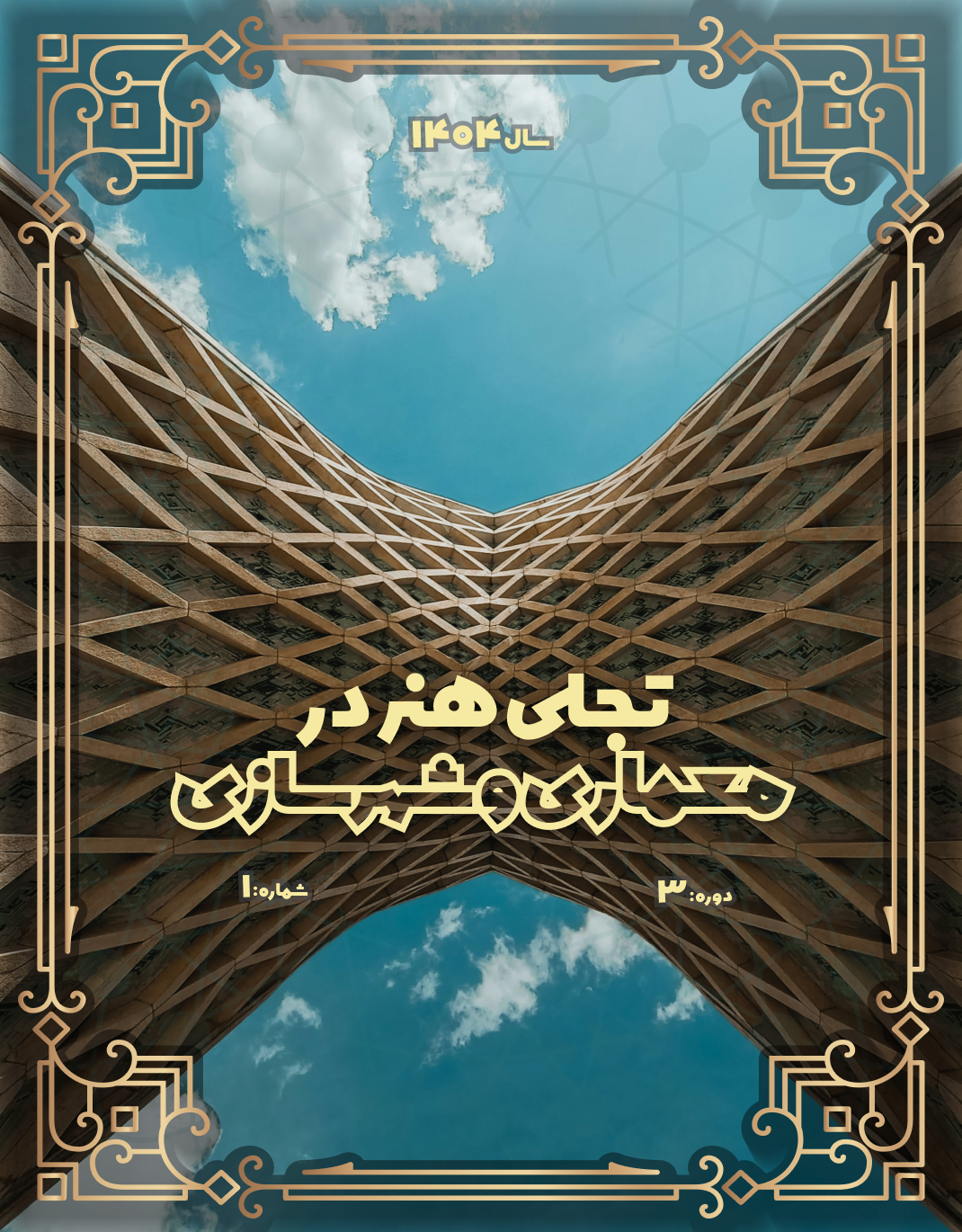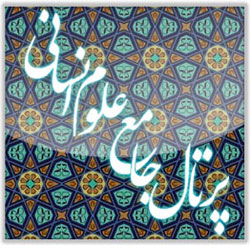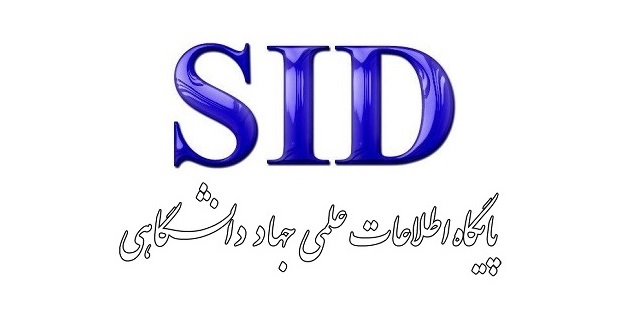The Role of Mise-en-Scène and Lighting in Creating a Mysterious and Enigmatic Atmosphere in David Fincher's Crime Cinema (Films: Se7en, Fight Club, and Zodiac)
Keywords:
Mystery atmosphere, crime cinema, mise-en-scène, lighting, David FincherAbstract
The central issue of this study is to examine the role of architecture, lighting, and mise-en-scène in creating suspense and psychological instability among audiences of David Fincher’s crime cinema, with a specialized focus on three films: Se7en (1995), Fight Club (1999), and Zodiac (2007). The statistical population consisted of 278 expert audiences in the fields of cinema, architecture, and psychology, selected through standardized environmental anxiety assessment questionnaires, as well as 12 semi-structured interviews. The sampling was purposeful, drawn from among graduates and professionals related to the subject areas. The research employed a mixed-methods approach (qualitative–quantitative) and utilized tools such as structuralist semiotic analysis, Gestalt psychology, Freud’s theory of the uncanny space, and Henri Lefebvre’s theory of the production of space. Questionnaire data were analyzed using descriptive and qualitative statistical tests, while the interviews were examined through thematic content analysis. The findings indicate that the use of low-contrast lighting, tight framing, narrow and repetitive architectural spaces, cold color palettes, and industrial set design significantly increased viewers' feelings of anxiety, suspense, and cognitive engagement (p < 0.01). These findings confirm that architecture and mise-en-scène in Fincher’s works do not merely function as a background, but actively contribute to narrative development and the viewer's psychological experience. Moreover, field data reveal that audiences associated these cinematic spaces—even outside the filmic context—with feelings of insecurity, threat, and criminality. This feedback suggests that cinematic representations of enigmatic spaces can have implications for urban planning and architecture, serving as a cautionary tool to avoid reproducing unsafe environments in contemporary cities. These results are applicable in set design, film criticism, environmental psychology, and the design of safe urban and architectural environments.
Downloads
References
1. Schmid C. Henri Lefebvre and the Theory of the Production of Space. USA: Verso; 2022.
2. Bordwell D, Thompson K. Film Art 12th Edition. New York: Mc-Graw Hill; 2020.
3. Ataria Y. The Uncanny: New Directions. Phenomenological Psychology. 2024:205-21.
4. Küller R, Ballal SG, Laike T, Mikellides B. The impact of light and colour on psychological mood: A cross-cultural study of indoor work environments. Ergonomics (Taylor & Francis). 2006:1496-507.
5. Kutucu S. TRANSFORMATION OF MEANING OF ARCHITECTURAL SPACE IN CINEMA: THE CASES OF "GATTACA" AND "TRUMAN SHOW". Izmir: Izmir Institute of Technology; 2005.
6. Arnett R. The American City as Non-Place: Architecture and Narrative in the Crime Films of Michael Mann. Quarterly Review of Film and Video. 2009:44-53.
7. Browning M. David Fincher: Films That Scar. California: Praeger; 2010.
8. Raj SJ, Suresh AK. To Reign in Hell David Fincher's Enclosed Worlds of Transgression. A critical companion to David Fincher. Lanham, Mayland USA: Lexington Books; 2024. p. 109-25.
9. Huskinson L. The Psychologist: The British Psychological Society. the psychologist. 2021:38-42.
10. Shukla M. Analysis of David Fincher as an Auteur. International Journal of Advance Research, Ideas and Innovations in Technology. 2019:1073-8.
11. Youssef M, Missi SE. ARCHITECTURE AGAINST CRIME. BAU JOURNAL: HEALTH AND WELLBEING. 2018:1-12.
12. Garrett K. The Auteur Perspective of David Fincher. Oregon: Oregon State University; 2018.
13. Dogru MS. LIGHT AS AN INSTRUMENT OF VISUAL METAPHOR AND EXPRESSION IN CINEMA PRODUCTIONS: THE EXAMPLE OF FILM NOIR. spain: ResearchGate; 2017. p. 630-41.
14. Schreiber M. Tiny Life: Technology and Masculinity in the Films of David Fincher. Journal of Film and Video. 2016:3-18.
15. Brown W, Fleming DH. Deterritorialisation and Schizoanalysis in David Fincher's "Fight Club". Deleuze and Guattari. 2011;5(2, Special Issue on Schizoanalysis and Visual Culture):275-99.
16. Stanek Ł. Methodologies and Situations of Urban Research:Re-reading Henri Lefebvre's 'The Production of Space'. Zeithistorische Forschungen/Studies in Contemporary History. 2007:461-5.
17. Kammerer D. Video Surveillance in Hollywood Movies. Surveillance & Society. 2004:464-73.
18. Cozens P, Saville GJ, Hillier D. Crime Prevention through Environmental Design (CPTED): A Review and Modern Bibliography. Emerald Group Publishing Limited. 2005:328-56.
19. Braun V, Clarke V. Using thematic analysis in psychology. Qualitative Research in Psychology. 2008:77-101.
20. Guest G, Bunce A, Johnson L. How Many Interviews Are Enough?: An Experiment with Data Saturation and Variability. Sage Journals Home. 2006:59-82.
21. Gerrig RJ. Experiencing Narrative Worlds: On the Psychological Activities of Reading. USA: Yale University Press; 1993.
22. Pallasmaa J. The Eyes of the Skin: Architecture and the Senses. New York: John Wiley & Sons; 2012.
23. Cozens P, Hillier D. Revisiting Jane Jacobs's 'Eyes on the Street' for the Twenty-First Century: Evidence from Environmental Criminology. The Urban Wisdom of Jane Jacobs. London: Routledge; 2012. p. 19.
24. Weisburd D, Uding CV, Hinkle JC, Kuen K. Broken Windows and Community Social Control: Evidence from a Study of Street Segments. Journal of Research in Crime and Delinquency. 2023:727-71.
25. Shiel M, Tony F. Cinema and the City: Film and Urban Societies in a Global Context: Blackwell Publishers Ltd; 2001. 1-18 p.
26. Suresh AK, Raj SJ. Transgressions of the less dead Necropolitics of the subaltern in South Indian cinema: Voicing the Less Dead. Reshaping True Crime Stories from the Global Margins. United States: Lexington Books; 2025. p. 127-40.
Downloads
Published
Submitted
Revised
Accepted
Issue
Section
License
Copyright (c) 2025 Mahdi Doosti (Author); Mohammad Behzadpour; Saeed Azemati, Hossein Aali (Author)

This work is licensed under a Creative Commons Attribution-NonCommercial 4.0 International License.










